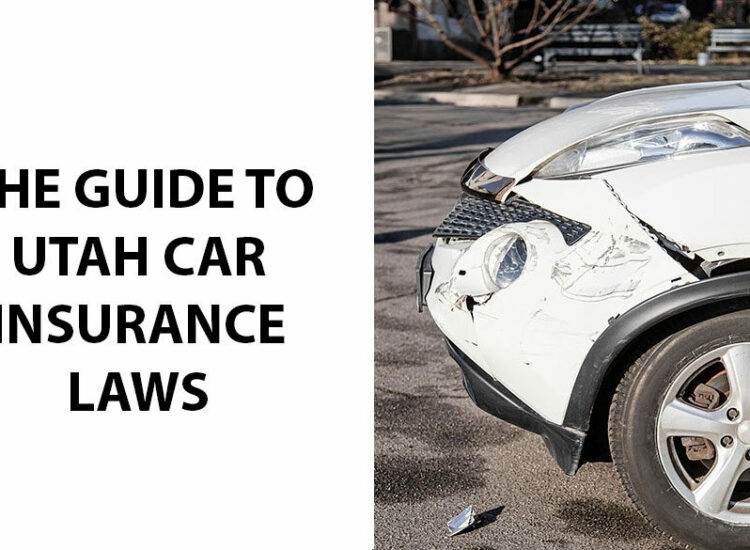Losing a beloved family heirloom or witnessing it being damaged can be a heart-wrenching experience. This reality is one that many individuals confront. While traditional homeowners insurance may offer limited coverage for jewelry, specialized policies provide comprehensive protection tailored to your specific needs. Finding the best jewelry insurance is a critical step in safeguarding your precious possessions and ensuring their legacy for future generations.
Toc
Why You Need Jewelry Insurance
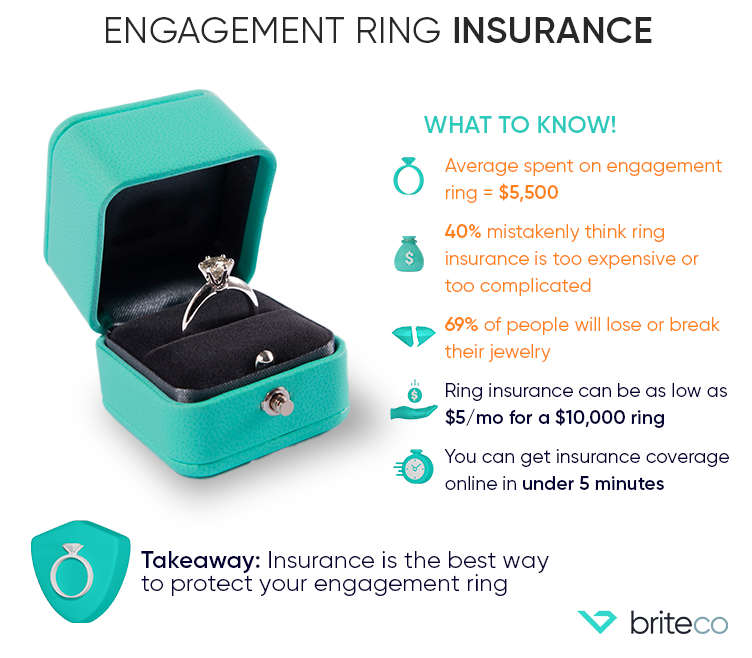
When it comes to protecting valuable items, jewelry stands out as one of the most significant investments many people make. Here are several compelling reasons why jewelry insurance is essential:
- Engagement Rings Are Expensive: The average cost of an engagement ring in the U.S. is over $5,900, according to a 2022 study by The Knot. This figure has been steadily increasing in recent years, driven by factors like rising diamond prices and the growing popularity of larger stones. For example, a 1-carat diamond ring, which was priced around $5,000 in 2010, now averages around $8,000. This makes protecting your engagement ring even more crucial.
- Engagement Rings Are Easily Lost or Damaged: Rings can be lost, stolen, or damaged due to accidents, wear and tear, or natural disasters. For instance, a ring might slip off your finger while swimming or be accidentally damaged during a fall.
- Your Homeowners Insurance May Not Be Enough: Standard homeowners insurance policies often have coverage limits for jewelry ranging from $1,000 to $2,000 per item. Furthermore, many policies exclude coverage for specific perils like mysterious disappearance or damage caused by wear and tear. This means that if your ring is lost or damaged under these circumstances, you may not be fully compensated. Many homeowners policies may only cover jewelry up to $1,500 per item or even less, which is inadequate for most engagement rings.
- Peace of Mind: Jewelry insurance provides peace of mind knowing that your engagement ring and other valuable pieces are protected, allowing you to enjoy them without worry. This assurance can enhance your overall enjoyment of your jewelry, knowing that you are prepared for any unfortunate event.
Types of Jewelry Insurance
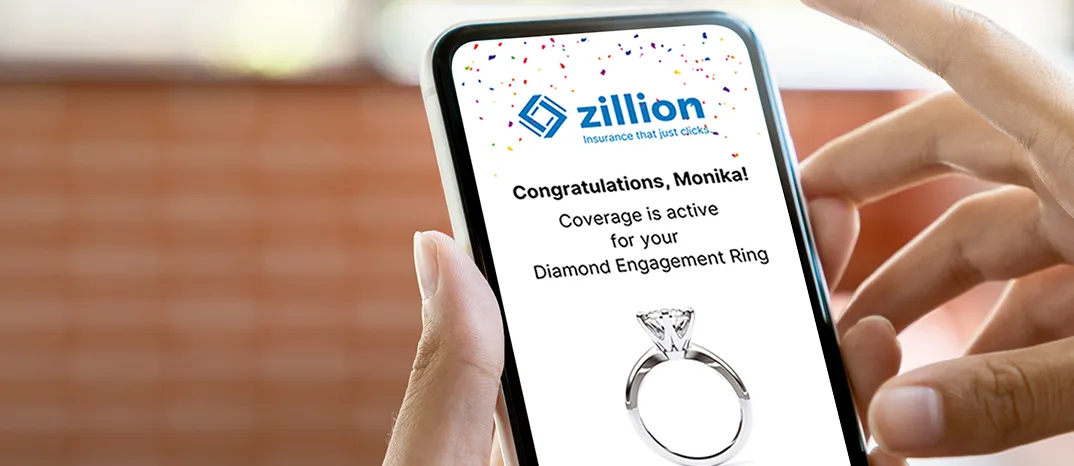
When exploring the best insurance for jewelry, it’s essential to understand the different types of coverage available. Each type comes with its own set of advantages and disadvantages.
Personal Articles Floater (PAF)
A Personal Articles Floater (PAF) is an add-on to your homeowners or renters insurance policy that provides more comprehensive coverage for valuables, including jewelry.
- Pros: More affordable than specialized jewelry insurance, may be easier to obtain, and typically includes broader coverage than standard policies.
- Cons: Typically has lower coverage limits than specialized jewelry insurance, and may come with higher deductibles that could impact your out-of-pocket costs.
Specialized Jewelry Insurance
Specialized jewelry insurance is a stand-alone policy designed specifically for insuring jewelry. This type often offers broader coverage and potentially lower premiums.
- Pros: Higher coverage limits, lower deductibles, and may include coverage for mysterious disappearance or damage that would not be covered under a standard policy.
- Cons: Generally more expensive than a PAF and may require a professional appraisal, which can add an initial cost to your insurance setup.
Choosing the Best Engagement Ring Insurance
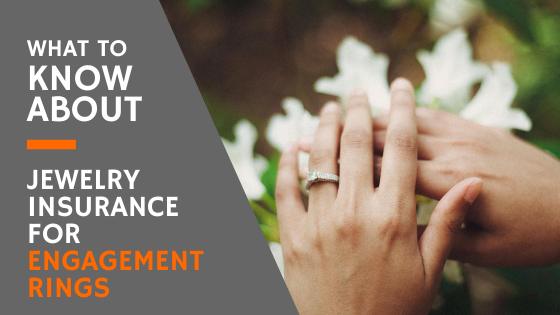
When searching for the best engagement ring insurance, consider the following key factors to ensure you select the right policy:
Appraisal
Obtaining a professional appraisal from a reputable gemologist is essential to determine the accurate value of your ring for insurance purposes. This appraisal will serve as the cornerstone for determining your coverage limits and premiums. A well-documented appraisal not only helps in determining the right coverage but also serves as evidence in case of a claim.
Coverage Limits
Select a policy with coverage limits that are generous enough to fully replace your ring, restoring its sparkle and sentimental value in the event of a loss. Higher coverage limits generally provide better protection for your valuable jewelry. It’s advisable to assess the current market value of your ring regularly to ensure your coverage keeps pace with any changes in value.
Deductibles
The deductible is the amount you will pay out of pocket before the insurance coverage kicks in. Consider your risk tolerance and budget when choosing a deductible. A lower deductible will result in higher premiums, while a higher deductible will lower your premiums. Understanding your financial situation will help you decide what works best for you.
Claims Process
Research the claims process of each insurance provider, including the ease of filing claims and the speed of payouts. This can significantly impact your experience if you ever need to make a claim. Look for insurers with a streamlined claims process, positive reviews, and a reputation for quick payouts.
1. https://kinemasterap.org/mmoga-finding-the-best-pet-insurance-colorado-a-guide-for-pet-owners
3. https://kinemasterap.org/mmoga-the-ultimate-guide-to-securing-the-best-car-insurance-in-utah
4. https://kinemasterap.org/mmoga-best-auto-home-insurance-companies-save-money-simplify-coverage
Reputation and Financial Stability
Choose a reputable insurance company with a strong financial rating to ensure reliable coverage and prompt claim payments. This will give you confidence that your jewelry is in good hands. Research customer reviews and check ratings from organizations like A.M. Best or Standard & Poor’s to gauge an insurer’s financial health.
Choosing the Best Jewelry Insurance for Your Engagement Ring

To help you find the best jewelry insurance, let’s explore some of the top providers in the market:
BriteCo
BriteCo is a leading insurtech company specializing in fine jewelry and watch protection. Insurtech companies, like BriteCo, are disrupting the traditional insurance industry by offering convenient online platforms, streamlined processes, and competitive rates. They often leverage technology to simplify the quote process, manage policies, and handle claims efficiently. BriteCo offers zero-deductible, replacement-only policies with coverage up to 125% of the appraised value. Their policies are known for their affordability, with rates typically ranging from 0.5% to 1.5% of the jewelry’s value.
Jewelers Mutual Insurance Company
Established in 1913, Jewelers Mutual is one of the oldest and most well-respected jewelry insurers. They offer all-risk policies that cover loss, theft, and damage, including coverage for one-of-a-kind and highly customized pieces. Jewelers Mutual also provides the option to choose a deductible to lower your premiums, giving you flexibility in managing your coverage.
Lavalier
Lavalier caters to those with less expensive jewelry by offering both scheduled and non-scheduled coverage. Their non-scheduled option allows you to insure items valued under $1,000 without the need for an appraisal, making it a cost-effective choice for lower-value pieces. This can be particularly appealing for those who have a collection of fashion jewelry.
Zillion
Zillion is an indirect insurer that partners with select jewelers across the United States to offer competitive jewelry insurance rates to their customers. This can be a convenient option for those who purchase their jewelry from participating retailers. Their policies are designed to fit the needs of everyday consumers looking for affordable coverage.
JIBNA
If you own antique or highly customized jewelry, JIBNA may be the best choice. They specialize in agreed-value policies, which can provide compensation based on the pre-determined value of the item, rather than a replacement cost. This is particularly beneficial for unique pieces that may not have a direct replacement.
GemShield
GemShield offers basic jewelry insurance coverage at relatively low rates, making it a suitable option for those with less valuable jewelry. While the coverage may be more limited, it can still provide valuable protection against major perils. Their straightforward policies are easy to understand, making them a good choice for first-time insurance buyers.
When comparing these top jewelry insurance companies, consider factors like coverage limits, deductibles, claims process, and overall reputation to find the best fit for your needs. Each provider has unique strengths, so weigh these against your specific requirements.
Protecting Your Engagement Ring
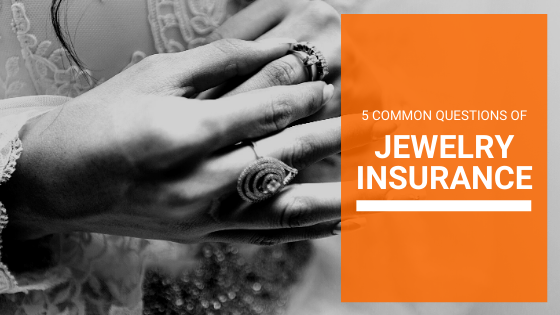
To ensure your engagement ring is well-protected, follow these tips and best practices. Consider the ethical and environmental impact of your jewelry choices. Look for rings sourced from reputable suppliers who prioritize sustainable and ethical practices, such as recycled materials and conflict-free diamonds.
Keep Your Ring Safe
Store your ring in a secure location, such as a safe or a locked jewelry box. This will help prevent loss or theft when it’s not being worn. Additionally, consider using a padded case for travel to avoid scratches or damage.
Wear Your Ring Responsibly
Avoid wearing your ring in high-risk areas or during activities where it could be easily lost or damaged. For example, remove your ring before engaging in sports, swimming, or cleaning tasks that involve harsh chemicals. Being mindful of where and when you wear your jewelry can prevent unfortunate incidents.
1. https://kinemasterap.org/mmoga-best-auto-home-insurance-companies-save-money-simplify-coverage
4. https://kinemasterap.org/mmoga-finding-the-best-pet-insurance-colorado-a-guide-for-pet-owners
5. https://kinemasterap.org/mmoga-the-ultimate-guide-to-securing-the-best-car-insurance-in-utah
Schedule Regular Appraisals
Have your ring appraised every 2-3 years to ensure your insurance coverage reflects the current market value of your piece. This is especially important as the value of precious metals and gemstones can fluctuate. Regular appraisals also help you stay informed about your ring’s value.
Maintain Your Ring
Regular maintenance, such as cleaning and tightening settings, can help preserve the condition of your ring and prevent potential issues. Keeping your ring in good shape can reduce the likelihood of damage. Consider having your ring professionally cleaned at least once a year, and check the setting regularly to ensure the stones are secure.
Frequently Asked Questions
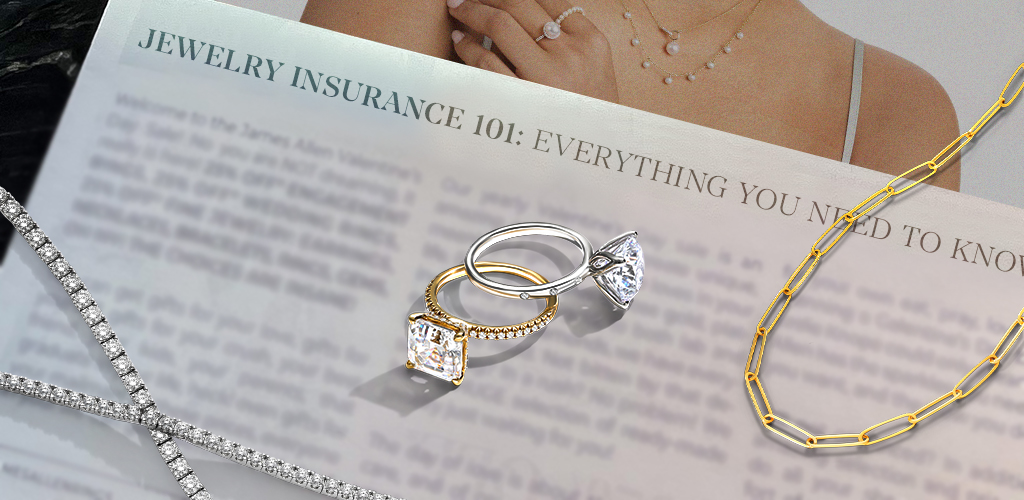
Q: What is the difference between a personal articles floater and specialized jewelry insurance?
A: A personal articles floater is an add-on to your homeowners or renters insurance policy, while specialized jewelry insurance is a stand-alone policy designed specifically for insuring jewelry.
Q: How often should I have my engagement ring appraised?
A: It’s recommended to have your ring appraised every 2-3 years to ensure that your insurance coverage reflects its current value.
Q: What are some common exclusions in jewelry insurance policies?
A: Common exclusions include normal wear and tear, damage caused by negligence or improper care, and mysterious disappearance (where the circumstances of the loss are unknown).
Q: How much does jewelry insurance cost?
A: The cost of jewelry insurance varies depending on the value of your jewelry, the coverage limits, the deductible, and the insurance provider. On average, you can expect to pay between 1% to 2% of the total value of your jewelry annually for coverage.
Q: Can I insure jewelry that I received as a gift?
A: Yes, you can insure jewelry received as a gift. However, you will need to provide an appraisal to determine its value for insurance purposes. Make sure to keep any documentation that proves the gift’s value.
Q: What should I do if I lose my engagement ring?
A: If you lose your engagement ring, first check your home and any places you visited recently. If you cannot find it, contact your insurance provider to start the claims process. Be prepared to provide details about the loss and any supporting documentation, such as your appraisal and purchase receipt.
Conclusion
Protecting your engagement ring is essential. By understanding the different types of jewelry insurance, comparing top insurance providers, and implementing best practices, you can have peace of mind knowing that your ring is protected. Take the time to find the right insurance coverage for your needs, ensuring that you can enjoy your ring with confidence, knowing it is safeguarded against unexpected events. Remember, your jewelry is not just an accessory; it’s a reflection of your personal style, memories, and legacy. Protect it with the care and diligence it deserves.
In today’s world, where the value of jewelry can fluctuate significantly, having the best jewelry insurance is crucial. By understanding your options and staying proactive about your coverage, you can ensure that your precious possessions are protected for years to come. With the right insurance policy in place, you can wear and display your cherished pieces with confidence, knowing that they are safeguarded against loss, theft, and damage.
